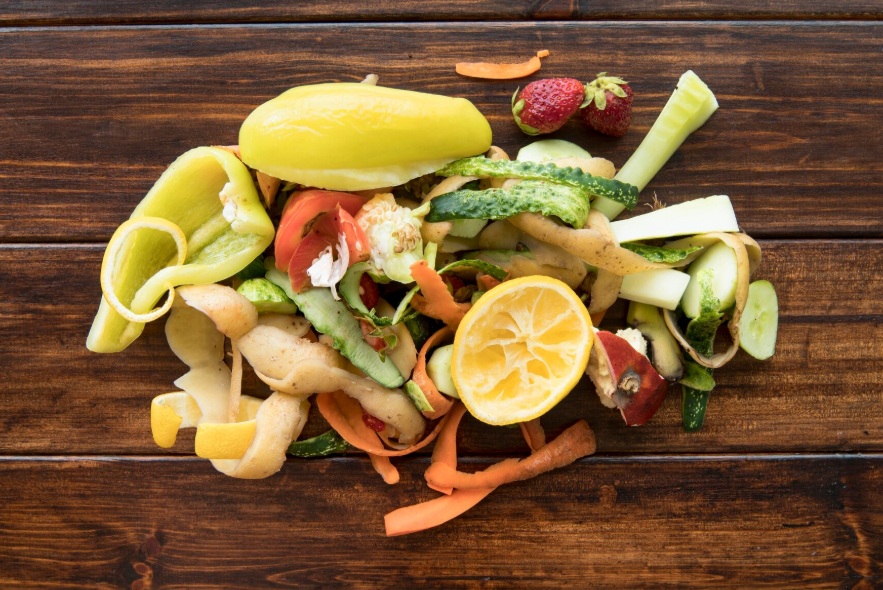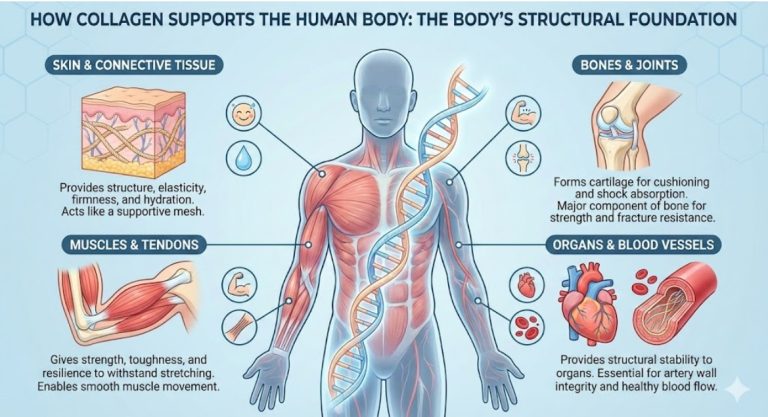
Freepik.com
Unlocking The Nutritional Benefits Of Peels
According to Wellhealthorganic.Com : Eat Your Peels: Unlocking The Nutritional Benefits many people discard fruit and vegetable peels without realizing they’re throwing away a powerhouse of nutrition. Peels are rich in vitamins, fiber, and antioxidants that can significantly boost your health. For example, apple peels are a great source of vitamin C and quercetin, while potato skins contain potassium and iron. Embracing the philosophy of using the whole fruit or vegetable not only reduces food waste but also adds more nutrients to your diet. When it comes to maximizing the nutritional value of fruits and vegetables, the peel is often overlooked. However, as highlighted by Wellhealthorganic.Com : Eat Your Peels: Unlocking The Nutritional Benefits, consuming peels can significantly enhance your intake of essential nutrients, fiber, and antioxidants.
The Nutritional Powerhouse in Peels
Wellhealthorganic.Com : Eat Your Peels: Unlocking The Nutritional Benefits, Peels serve as a protective layer for fruits and vegetables, accumulating high levels of phytonutrients—natural compounds with potent antioxidant and anti-inflammatory properties. For instance:
- Apple peels: Rich in fiber, vitamin C, quercetin, and triterpenoids, which have been linked to anti-cancer properties.
- Potato skins: Contain iron, potassium, magnesium, and even protein.
- Citrus peels: Packed with flavonoids and essential oils that support immunity and heart health.
By incorporating peels into your diet, you can tap into these concentrated sources of nutrition.
The Nutritional Gold in Peels – What Wellhealthorganic.Com Wants You to Know
Fiber-Rich Benefits for Digestive Health
Peels are a significant source of insoluble fiber, which aids in digestion by adding bulk to stool and promoting regular bowel movements. They also help regulate blood sugar levels, lower cholesterol, and promote feelings of fullness, assisting in weight management.
For example, a medium apple with its peel contains about 4 grams of fiber, whereas a peeled apple provides only 2 grams. Similarly, cucumber skin contains silica, a compound that supports skin health, and its peel adds to the vegetable’s fiber content.
Antioxidants and Disease Prevention
Antioxidants in peels help combat oxidative stress by neutralizing free radicals, thereby reducing the risk of chronic diseases such as cancer, diabetes, and cardiovascular ailments. Notable examples include:
- Grape skins: A prime source of resveratrol, associated with reduced inflammation and improved heart health.
- Eggplant skin: Contains nasunin, a powerful antioxidant that helps protect brain cells.
Discarding peels means losing out on these protective nutrients.
Boosting Immunity Naturally
Consuming peels from organic fruits and vegetables offers an easy way to support your immune system. Vitamin C, flavonoids, polyphenols, and essential oils found in peels help strengthen the immune response.
Citrus peels, in particular, are noted for their immunity-boosting effects. Orange and lemon peels contain almost twice as much vitamin C as their juice. Moreover, the flavonoids in these peels exhibit strong antiviral and antibacterial properties.
Weight Management and Satiety
The fiber found in peels promotes a feeling of fullness, reducing the likelihood of overeating. This is especially helpful when peels are consumed as part of a whole-food, plant-based diet.
Integrating peels into your diet can help you feel satisfied longer and reduce the temptation for processed snacks. Pear skins, for instance, contain pectin, a type of soluble fiber that can help with appetite control and blood sugar regulation.
Wellhealthorganic.Com : Eat Your Peels: Unlocking The Nutritional Benefits
✅ Peels to Eat and ❌ Peels to Avoid
Great to Eat:
- Apples: High in fiber and antioxidants; best consumed raw.
- Potatoes: Rich in iron, potassium, and vitamin B6; bake or roast with skin.
- Carrots: Packed with beta-carotene; just scrub and rinse well.
- Cucumbers: The skin contains vitamin K and antioxidants; eat raw or in salads.
- Zucchini: Soft peel full of nutrients; ideal for grilling or baking.
- Eggplants: Skin contains nasunin and fiber; best cooked.
- Citrus fruits: Zest or dry the peel; use in teas or baked goods.
Avoid or Use with Caution:
- Avocados: Tough and bitter skin; discard.
- Pineapples: Too rough and fibrous to digest.
- Bananas: While edible and nutritious, their tough texture makes them better suited for smoothies or cooked dishes.
- Non-organic produce: Always wash thoroughly or peel if it’s not organic due to pesticide concerns.
Preparing Peels for Safe Consumption
To safely enjoy peels:
- Wash Thoroughly: Even organic fruits should be washed to remove dirt and microbes. A vinegar-water solution works well.
- Use a Vegetable Brush: For tougher peels like carrots and potatoes, scrubbing helps eliminate grime.
- Dry and Store Properly: Keep peels dry if you’re planning to zest or dry them for teas and baking.
- Get Creative: Add apple peels to oatmeal, use citrus zest in smoothies, or roast potato skins as a snack.
Creative Ways to Incorporate Peels
- Smoothies: Blend whole fruits like apples or pears.
- Chips: Bake potato or carrot peels with olive oil and sea salt.
- Zests and Garnishes: Use lemon, orange, or lime zest in baked goods or cocktails.
- Soups and Broths: Add vegetable peels for flavor and nutrients, then strain.
- Infused Water: Use cucumber or citrus peels to flavor your water.
Environmental Benefits
Reducing food waste by consuming more of your fruits and vegetables is a sustainable choice. Each year, tons of edible peels are discarded, contributing to landfill waste and greenhouse gas emissions. By embracing the full fruit, you not only nourish your body but also support a healthier planet.
Debunking Myths About Eating Peels
- Myth: Peels are dirty and full of pesticides.
Truth: Peels can be safely consumed if properly washed. Organic produce reduces exposure to synthetic chemicals. - Myth: Peels have no taste or are unpleasant.
Truth: Many peels have mild or slightly bitter flavors that can enhance dishes. Cooking or seasoning can balance the taste. - Myth: Peels are indigestible.
Truth: Most peels contain insoluble fiber that aids digestion and adds bulk to stool, improving gut health.
Final Thoughts Anout Wellhealthorganic.Com : Eat Your Peels: Unlocking The Nutritional Benefits
Final Thoughts Anout Wellhealthorganic.Com : Eat Your Peels: Unlocking The Nutritional Benefits Next time you reach for an apple or potato, consider keeping the peel on. The outer layer holds a treasure trove of nutrients that your body can benefit from. Making peels part of your regular diet is a smart, simple, and sustainable step toward better health. Start small—add one or two types of peels to your meals this week and observe the difference in your energy, digestion, and satisfaction. Embrace the peel—it’s nature’s packaging, and it was never meant to be wasted.


